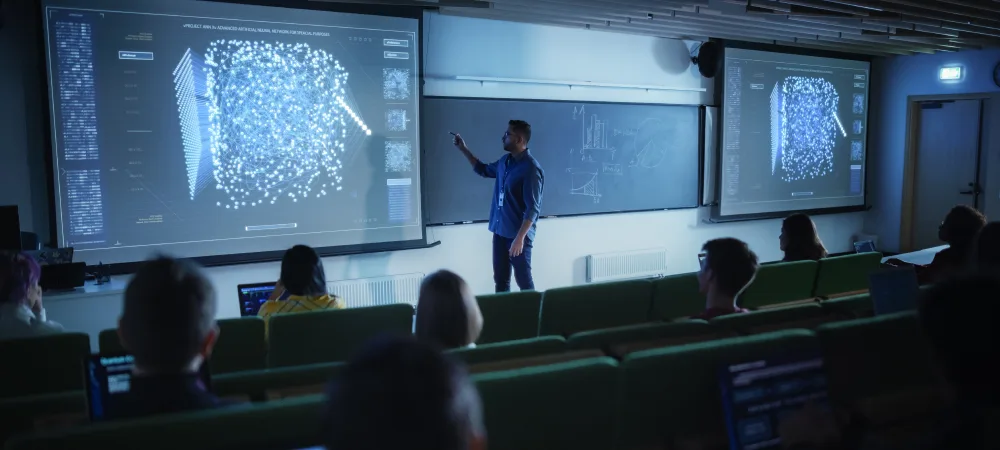Electronic Data Interchange - EDI - Digitization in practice


With EDI, business-relevant data is transferred electronically between IT systems without human intervention and business processes are optimized - in different areas of the company and across company boundaries.
In order processing, for example, the connection of EDI partners avoids data entry errors, automatically triggers subsequent processes and thus shortens delivery times.
In accounting, electronic processing minimizes data entry effort, shortens document processing times and creates greater transparency. Overall, companies benefit from reduced transmission, processing and response times.
Electronic Esperanto
Communication between two IT systems is a prerequisite for smooth data exchange. A series of cross-system standards have been developed to ensure that this communication works from machine to machine.
Similar to an electronic "Esperanto", data from the sender is transferred into a generally understandable "language", which is then translated into a format that can be read by the recipient.
Well-known standards - see Esperanto - are, for example, the globally valid EDIFACT (Electronic Data Interchange for Accounting, Commerce and Transport) with its industry-specific subsets as well as ANSI, SWIFT or ZUGFeRD.
With the IDoc format, SAP has also developed its own interface for exchanging business data with the SAP ERP system.
Formats and customizations
EDI messages can be processed by the company's system - without manual intervention by a clerk. However, anyone who deals with EDI messages on a daily basis knows that errors can also occur here.
As soon as the agreed standards and structures are not meticulously adhered to, the data transfer runs into an error. Finding the cause in the extremely cryptic data poses major problems for inexperienced users of standard EDI solutions.
As a rule, consultation with IT is required, which further complicates the process.
Tangro has developed its own EDI converter, which maps EDI messages into a format that Tangro can read. Incoming EDI data is always saved as a Tangro document.
This prevents incorrect data from being transferred to SAP, where it is not processed further due to the errors and the process comes to a standstill because the data is not available in a readable form.
Tangro automatically generates a PDF in each case, which is displayed on the monitor parallel to the document data. Even an EDI layman can visually check this image and recognize at a glance where data is missing or discrepancies have occurred.
The procedure here is just as simple as for a document that has been scanned in using OCR. For the benefit of the user, Tangro makes no difference here. A feature that is also reflected in the billing model: Whether OCR or EDI - there are no additional costs.

The Tangro EDI converter processes invoices as well as order data and supports all important standard formats, including EDIFACT and XML-based formats such as ZUGFeRD, XRechnung and EbInterface.
The software can be flexibly adapted to existing business processes and maps company-specific rules and requirements. The converter automatically enriches the received message with additional information such as source of supply or company code, which is required for fully automated further processing.
Error-free documents can therefore be posted through - as is usual with EDI - without the intervention of a clerk. In addition, rules can be defined to prevent dark posting where it is explicitly not desired.
If required, the converter also automatically triggers a workflow to forward documents to the correct processor or organizational unit, for example.









